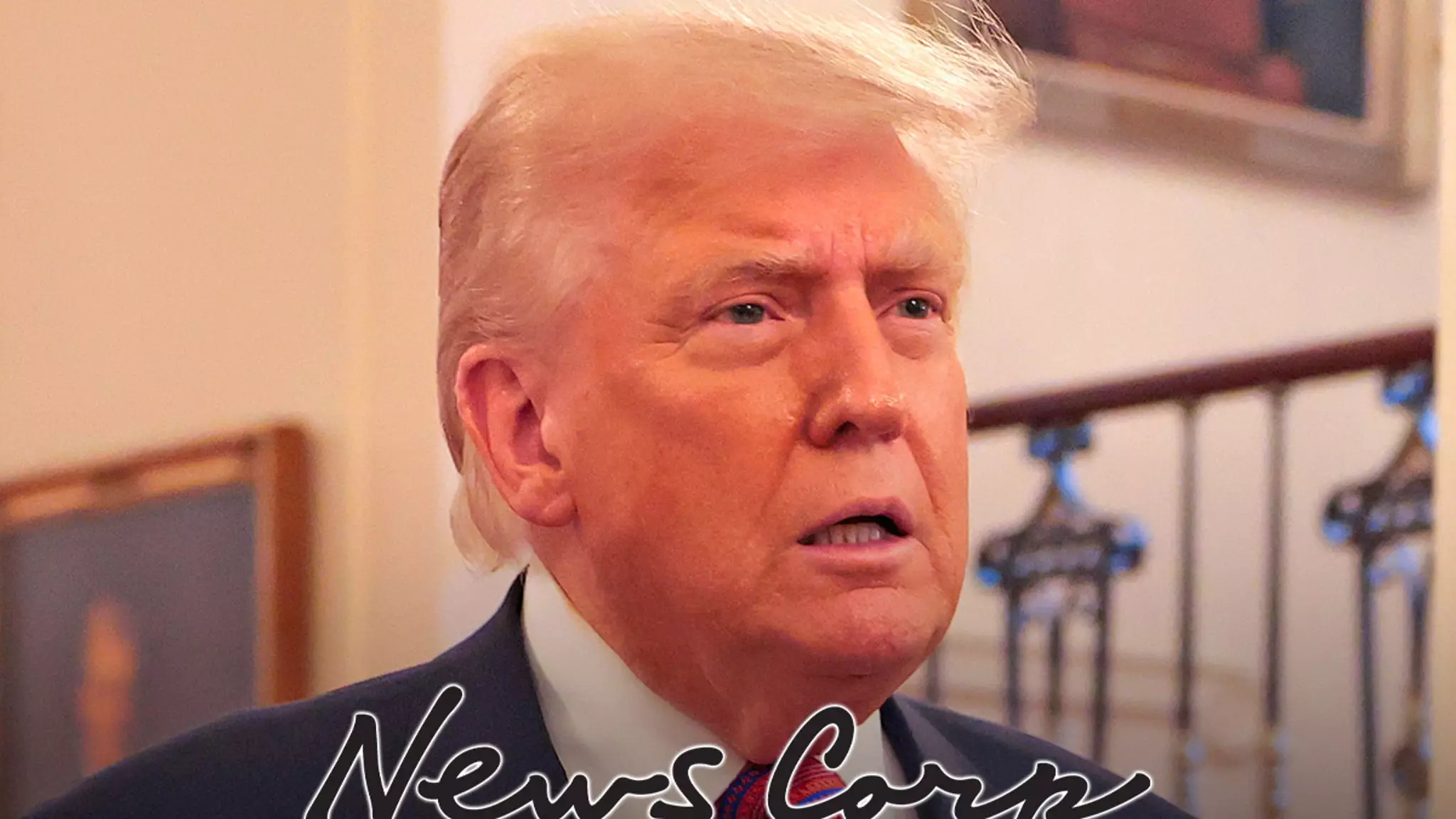In recent times, the spectacle of a sitting or former leader engaging in intense legal action against a major media outlet reveals much about the fragile relationship between power and the press. When President Trump filed a $10 billion defamation lawsuit against the Wall Street Journal over an incendiary story, he did more than seek redress—he broadcast a clear message about his stance on media accountability and the manipulation of truth. Such high-stakes lawsuits underscore a broader trend: the consolidation of influence in legal arenas to shape narrative and public opinion.
Legal confrontations like this are less about the actual facts and more about demonstrating strength and resolve. Trump’s aggressive pursuit aimed to discredit the WSJ’s reputation, reinforcing his narrative of media bias and “fake news” — themes he frequently deploys to rally his base. These lawsuits serve as tactical tools to intimidate investigative journalism and to control the media’s role in political discourse, turning legal battles into political statements. The damaging spectacle isn’t merely about the case itself but about the message it sends about the control of information within the modern information ecosystem.
Media Narratives and the Power to Influence
The media’s capacity to craft narratives that sway public opinion is undeniable, especially when amplified through social media. The WSJ story, alleging salacious details about Trump and Jeffrey Epstein, ignited a media frenzy with far-reaching implications. President Trump’s rhetoric following the filing painted the story as a malicious attack—an orchestrated effort by powerful figures, including Rupert Murdoch and News Corp., to tarnish his reputation. This move was not just legal; it was strategic, aiming to mobilize his supporters and cast doubt on mainstream reporting.
By publicly denouncing the story and asserting it was fabricated, Trump attempts to control the narrative, framing himself as a victim of elite conspiracy. Such tactics reveal a critical insight: the battle for truth is often fought not just in courts but also in the court of public opinion. When a figure like Trump employs this strategy, it underscores a fundamental truth about modern journalism—truth is often secondary to perception, and legal threats can be wielded as weapons to distort the landscape of credibility.
The Limits of Power and the Reality of Media Control
While legal actions may seek to silence or discredit, they also expose the vulnerabilities within media institutions. The fact that social media plays a pivotal role in disseminating these stories amplifies their influence, regardless of legal outcomes. Trump’s influence over a vast network of followers means that, even if a lawsuit succeeds or fails, the perception of victimhood or victory is already shaped. His claims of a “powerhouse lawsuit” and boasting about victories over media outlets reveal his understanding that influence is achieved as much through symbolism as through legal documents.
However, such aggressive strategies often raise questions about the limits of free speech and the ethical responsibilities of journalists and publishers. When lawsuits threaten to become tools for censorship, they threaten the diversity of viewpoints crucial for a healthy democracy. The core issue isn’t merely about individual stories but about maintaining a journalistic environment where truth is discerned in a fiercely contested, yet fair, arena.
In essence, legal confrontations like Trump’s suit exemplify the ongoing struggle for narrative dominance. They reflect the realization that in the modern age, power isn’t only wielded in political offices but also through the control of information and the capacity to shape perceptions on a mass scale. The outcome of such battles will not only influence individual reputations but also the very fabric of journalistic integrity and public trust.

Leave a Reply